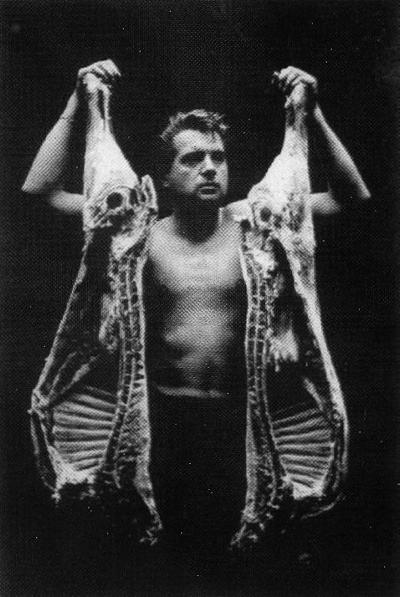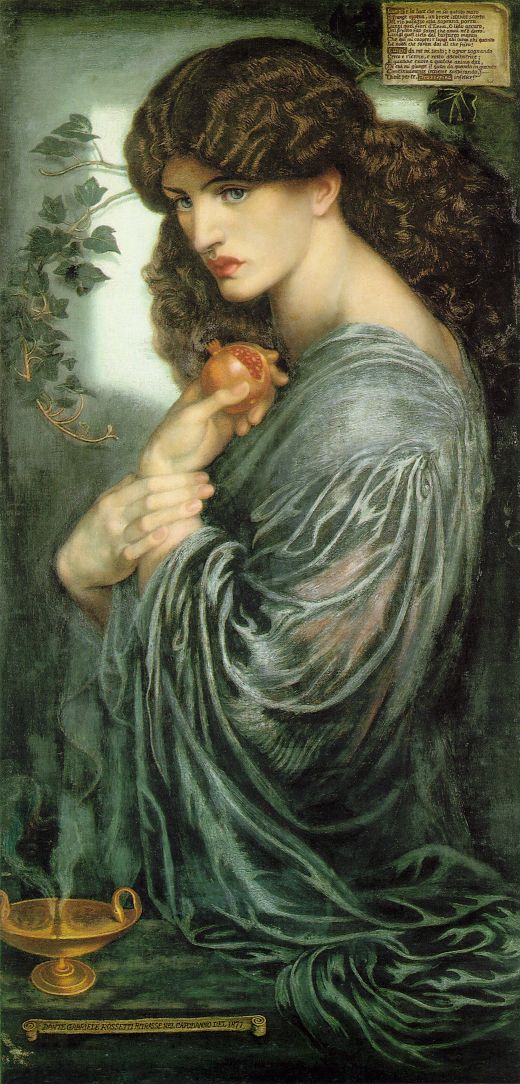Wednesday 26 May 2010
The Fabric of Memory
These extracts are examples of the intricacy yet simplicity of Sebold's writing and insight into the human experience. They capture what I want to in a way in my work. Bringing back the sense of touch whilst also being removed from the physical experience of the object. Drawing on our memories and our childhood, and thinking of certain experiences and memories in which we remember a profound depth of feeling. It is sensual. It is nostalgic. It is being human.
Wet laundry: the snap, the yank, the wet heaviness of double- and queen-sized sheets. The real sounds bringing back the remembered sounds of the past when I had lain under the dripping clothes to catch water on my tongue or run in between them as if they were traffic cones through which I chased Lindsey or was chased by Lindsey back and forth.
Page 247
And my father would take the thin cotton top sheet and bunch it up in his hands while being careful to keep the two corners between his thumb and forefinger. Then he would snap it out so the pale blue (if they were using Buckley's) or lavender (if they were using mine) sheet would spread out like a parachute above him and gently, what felt wonderfully slowly, it would waft down and touch along his exposed skin- his knees, his forearms, his cheeks and chin. Both air and cover somehow there in the same space at the same time- it felt like the ultimate freedom and protection.
Page 259
Extracts from The Lovely Bones (2002) Alice Sebold
Sunday 16 May 2010
Alina Szapocznikow: Emotion, Memory, Sensuality and Abjection
The delicious joys of the mouth! But also, alas, the curse of having a mouth! Filled with the bitter taste of memories one chokes on; a melancholy mouth that neither swallows nor spits things out but continues chewing, dismembering the remembered, in a ceasless grinding motion of the teeth. Imagine a mouth that was both one of infinte joys and of endless mourning. I say this is the mouth of Alina Szapocznikow.
Jan Verwoert
These were the photos which I first saw in Frieze magazine and which prompted me to look at this artist.What strikes me is there sensuality, yet clearly raw and material origins. Are they abject? What I saw in them was undoubtedly what I would want to call 'beauty' and yet on reading about them, it turns out they are sculptures made from chewing gum! It was one of those moments where i thought, 'I wish I'd thought of that'. Verwoert identifies contrasting themes in the Polish artists work:
faecal/oral
body/nature
defacation/growth
repulsive/beautiful
The contradiction of the repulsive and the beautiful is something my own work has been concerned with for some time. After the art event in which I recently displayed my work and the comments I received about my woodblock prints, the theme of the body and nature is something I am determined to pursue.
http://www.documenta12.de/fileadmin/img/ausstellung/D_2_31.jpg


http://digitalrightsmanifesto.files.wordpress.com/2009/03/second_version_of_triptych_1944-_3.jpg
Szapocznikow's chewing gum sculptures/photographs remind me of physical Francis Bacon forms; melting and yet suspended. Creature-like and yet unrecognisable and inanimate.
 http://www.obieg.pl/files/images/120408.jpg
http://www.obieg.pl/files/images/120408.jpg
The quality of sensuality is something that draws me to an artwork above anything else I think; the power to affect in you the same emotion as another human being through materials and objects. And perhaps as a woman, recently the work of women artists, and of their exploration of their own bodies and mens as equal and harmonious is something that has drawn my attention.
Szapocnikow is significant as a woman artist:
I would like to think that there is an element of this truth to my photographs of old fashioned lingerie nestling within its sensual folds objects that bring to mind for me notions of the maternal and the stereotypical identifying female forms. The light in the photographs enhances this, bringing forth a nostalgia about how these objects should be viewed, why they have been put together, and what the story behind them could be. Second-hand lingerie must have a fascinating tale to tell, and yet is something quite abject to think about (such as when you see second hand bras in a charity shop- is there a market for these?!)
Szapocnikow is not afraid to sculpt sexual bodies. She particularly seems to have a pre-occupation with the mouth (again this reminds me of Tony Cragg who reveals facial profiles in his melting masses of material):
Mouth eats Mouth: a high of sheer oral pleasure.
The article reveals a more humourous and again equality-promoting side to Szapocznikow's work, for example Rzezba Lamp VI:
...the erection is even freed from its representative function as a phallic symbol to reveal, jubilantly, how when put to good use, a penis can be fun for everyone.
http://www.obieg.pl/files/images/160305.jpg
I just love the way this is phrased, and it seems to be in line with an idea that Helen Chadwick's book 'Effluvia' introduced. That we are all just meat, living physical bodies, and the roles that we assign ourselves are simply mental assignations, perhaps dictated by physical ability but nonetheless we are all, whatever gender, whatever size or shape, made up of the same stuff. And Szapoczinkow's dis-membering and re-membering of the body allows us to discover 'new couplings' and also I believe to remember the enjoyment of the natural coupling for which humans were intended, not just for necessity, but for pleasure.
Jan Verwoert, Frieze Magazine, Issue 129 (March 2010)
"There's lots of vagina in our work..."
Faith Wilding
"Sexual Politics"
Saturday 15 May 2010
Arshile Gorky: A Retrospective
Nighttime, Enigma and Nostalgia
Garden in Sochi
Wednesday 5 May 2010
Examples of Pomegranates in Painting
 Salvador Dali, Dream Caused by the Flight of a Bumblebee around a Pomegranate a Second Before Awakening, (1944)
Salvador Dali, Dream Caused by the Flight of a Bumblebee around a Pomegranate a Second Before Awakening, (1944)http://en.academic.ru/pictures/enwiki68
Dream_Caused_by_the_Flight_of_a_Bumblebee_around_a_Pomegranate_a_Second_Before_Awakening.jpg
 Dante Gabriel Rossetti, Proserpine (1874)
Dante Gabriel Rossetti, Proserpine (1874)http://www.auburn.edu/~keirscm/britlit/rossetti_proserpine.jpg

Sandro Botticelli, Madonna of the Pomegranate (1487)

Tuesday 4 May 2010
Saturday 17 April 2010
Thursday 25 February 2010
Maternal
Obviously alot of people may see sexual connotations in these images. But this was not the intention as I feel I need to highlight for my work overall. I decided to put these things together because i have been using both meat and nightgowns separately to explore sensuality. After the influence of Helen Chadwick i have combined the two and think the sensuality is heightened even further, bringing out other ideas; particularly for me the evocation of a kind of maternal feeling. I think the photos are rather beautiful and mix two very strongly symbolic objects; the heart symbolises life, bringing it outside the body tranforms this into an idea of past life, memory and vulnerability. And these ideas are nestled within an ultra feminine object, sexualised but also comforting, making the overall effect beautiful, but also repulsive i suppose. These images also tackle the ideas of hollow skins that i have previously been concerned with looking at nightgowns and plasters. The heart set within this ornamental skin lends a new life and also nostalgia to the images. I also feel, like with the plasters, that there is a child-like feel here, perhaps stemming from the idea of maternity i think these photos convey, and from the naivety of putting two symbolic objetcts together. i like having this child-like sense to my work and its something i'm going to try to more wittingly create.



























